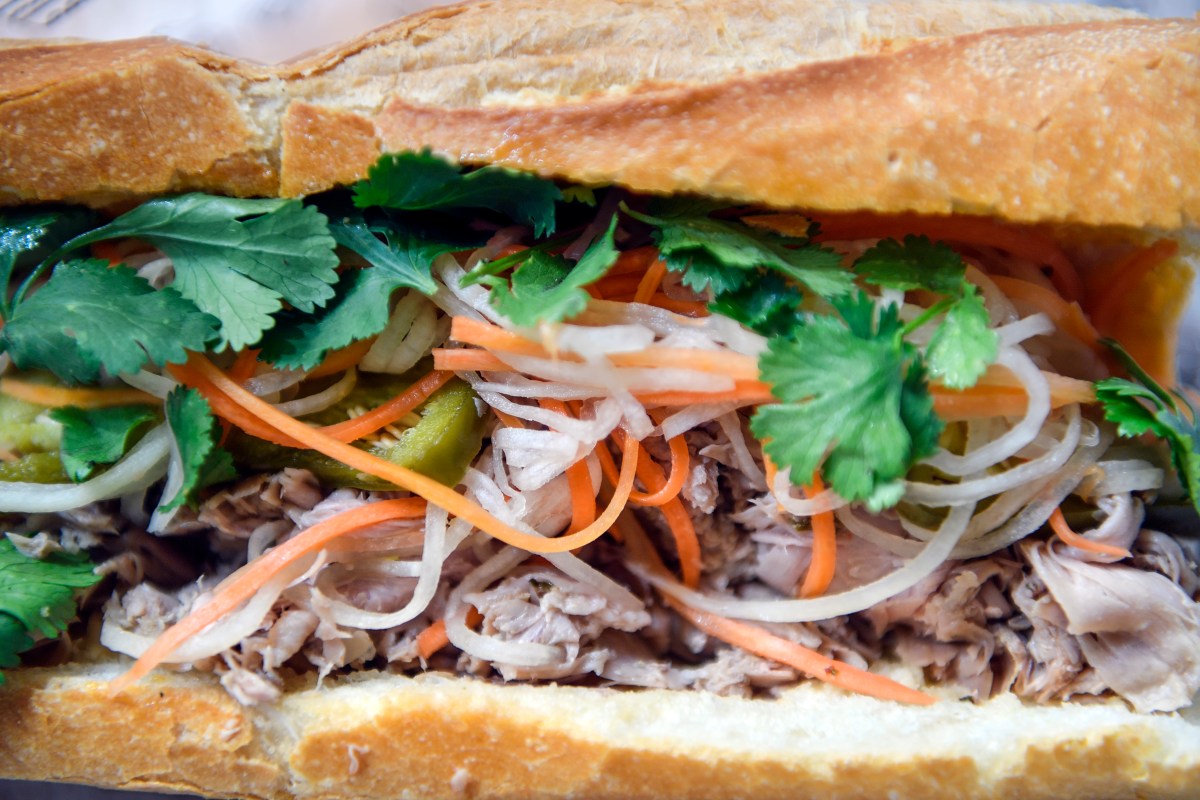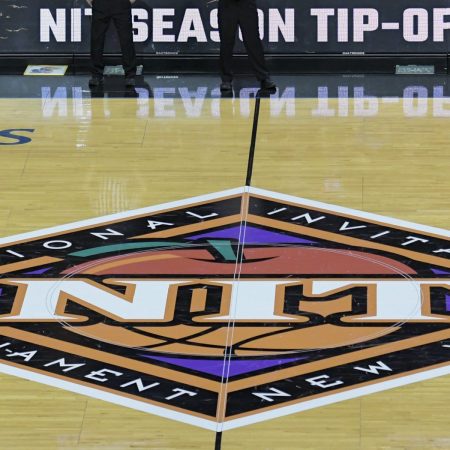Back in 2015, a student in a journalism course at Oberlin college published a story in the student-run paper about dining hall food. Years later, it’s still referenced in certain corners of national media as an example of the fragility of college students on liberal arts campuses.
The original story, a critique of the dining hall’s allegedly appropriative international dishes penned by a Vietnamese student, caught the attention of the New York Post, which published a piece about the campus controversy under the headline “Students at Lena Dunham’s college offended by lack of fried chicken.” The Post article belittled the international students involved in the Oberlin piece, complaining of “gastronomically correct” students at the “ultra-liberal” university who filled the newspaper with snowflakey gripes.
The Post‘s derisive, exaggerated retelling of an article in a student newspaper spread throughout both right- and left-wing media, where journalists on both sides painted the controversy as an example of political frivolity running rampant among sensitive, privileged social justice warriors on college campuses.
Almost five years later, Vox’s Zack Beauchamp has revisited the controversy, outing the media frenzy that erupted around a student newspaper article as an example of what he’s dubbed the “student panic industrial complex.”
According to Beauchamp, this media effect occurs when “minor college campus controversies involving diversity and/or free speech get breathlessly reported by the right-wing press, laundered into the mainstream by click-hungry neutral outlets, and eventually become fodder for breathless takes from conservatives and moderate liberals about the supposed authoritarianism of Kids Today and their ‘woke’ ideology.”
In conversation with another recent article the Chronicle of Higher Education published dissecting the reality of the 2015 Oberlin dining hall controversy from the subsequent media explosion, Beauchamp frames the story as an example of media’s unhealthy relationship with college campuses: “It’s the story, in miniature, of how the student panic industrial complex warps our debate and how it causes us to obsess over things that don’t matter, a distraction we can scarcely afford given the very real problems facing the country at this particular moment in time.”
Subscribe here for our free daily newsletter.
Thanks for reading InsideHook. Sign up for our daily newsletter and be in the know.


















